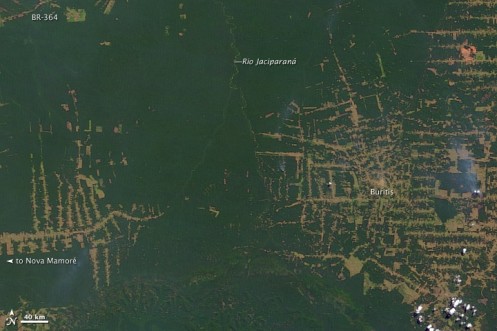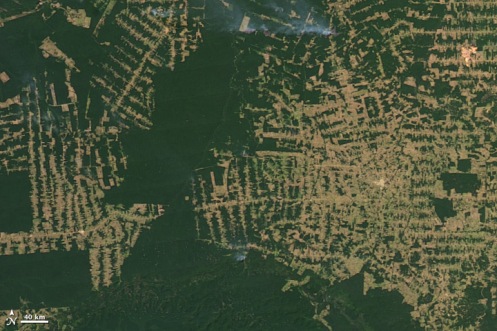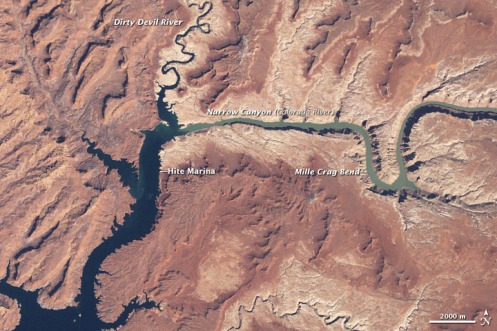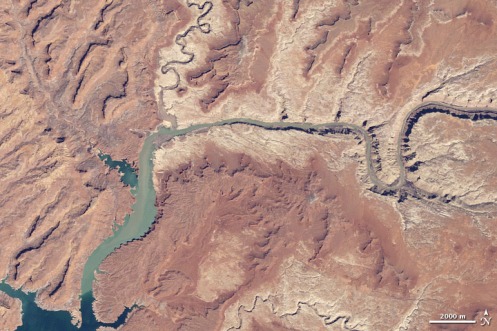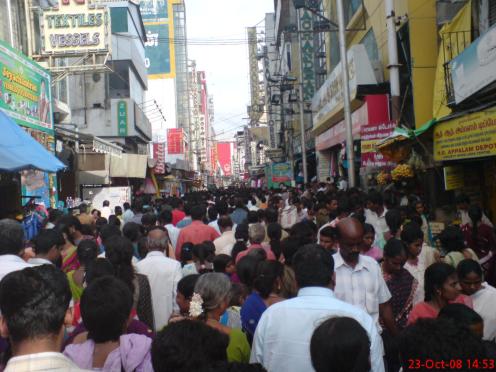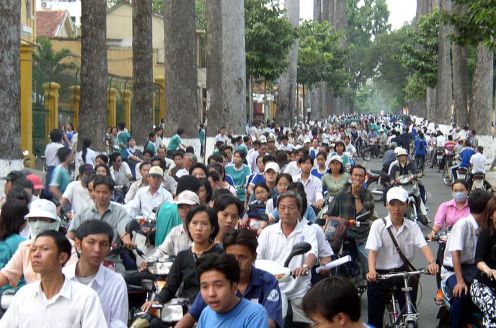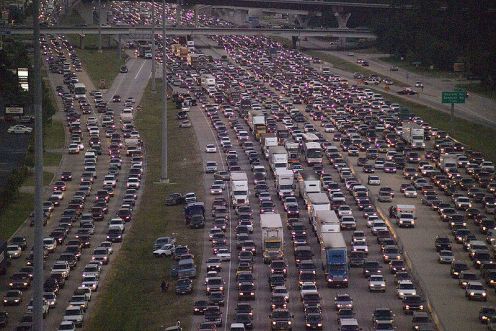Posted in Uncategorized
Tags: earth, earth face, earth habitat, earth vision, earthface, environment, environmental issues, environmental management, global environment, horizon, kristin hopper, one's vision is only as far as one's horizon, quote, quote by richard hopper, quote of richard hopper, richard hopper, richard hopper quote, spaceship earth, vision
“One’s vision is only as far as one’s horizon.” — Quote by Richard Hopper
•February 26, 2010 • Leave a Comment“Man has gone from being vulnerable to his environment to where today he controls the future of the entire global environment and life on earth” – Quote by Richard Hopper
•February 26, 2010 • Leave a CommentUntil recently, all life evolved through genetic mutations. Then along came modern homo sapiens. Like all other plant and animal species, previous types of human had similarly evolved primarily through genetic mutation. Beginning with what is referred to as the Neolithic Revolution, however, the cultural developments of modern human began to replace genetic mutations as the primary method of evolution and adaptation for humans. First came such primitive developments such as fire, shelters, the use of animal furs as clothing, stone tools, and the first forms of art and jewelry. Eventually, modern humans were to spread out of Africa to all parts of the globe and build more and more sophisticated civilizations. The result is that by today, human culture and civilization have reached the point where they have the potential to drastically alter or even destroy all life on earth. As such, both the future of mankind and all life on the planet will greatly depend upon decisions that humans make about their relationship to their environment. Such decisions, in turn, will depend upon the quality of information and understanding we have about the environmental challenges. So, in a very real sense, the future of mankind requires improved education. With this in mind, the purpose of this website is to provide photographs, charts and other graphics about global environmental problems that students can use in their student research projects.
Change is a matter of “perspective.” What changed our perspective of our earth habitat was seeing it from space as a unique blue planet or “Spaceship Earth.”
•February 26, 2010 • Leave a CommentSince the Apollo Moon landings, remote satellite sensing techniques have made it easier for us to see what impacts humans are having on earth’s environment. The example illustrated below shows increased deforestation in the Amazon rain forest as a result of human tree-cutting and clearing the hand.
•February 26, 2010 • Leave a CommentAnother impact that humans are having on the environment, which can be seen from satellite remote sending technolgoies, is increasing global temperature warming (blue is cooler, and red is warmer)
•February 26, 2010 • Leave a CommentFinally, still another example of global warming is increasing drought in the American southwest, and thus reduced lake levels such as Lake Powell as illustrated below.
•February 25, 2010 • Leave a CommentIt is all a matter of perspective. How we See or Define Our Enviroment is How We See or Define Ourselves
•February 25, 2010 • Leave a CommentOne Factor of How We Define Our Environment – Is Through the Amount of World Population Growth
•February 25, 2010 • Leave a CommentThe current world population is estimated to be slightly over 6.8 billion people. By the year 2040, the world’s population is expected to increase by almost one half so as to be approximately 9 billion. Even more remarkable, in just another ten years, or by 2050, the world’s population is projected to be 10.6 billion and by the year 2100 is expected to be 15.9 billion. What this reflects is the increasingly exponential rate of world population growth, with the world’s population having increased fourfold in just the last 100 years. This has been a characteristic of human population since the first homo sapiens, with the human species being unique in the way that it has spread and populated the globe. As humans have learned to control disease and increase food production, however, so has the human population exploded beginning around the 1400’s, or shortly after the Black Plague that previously had killed off much of the population of Europe. Such an explosion of the human population has occurred despite two world wars and world-wide disease epidemics such as the 1918 flu. Because of the exponential nature of the explosion of the human population, this creates resource and environmental management problems that are increasingly raising questions as to the earth’s carrying-capacity to support our human population at current population growth rates and demands that our current society place on the environment (i.e. human “foot-print” impacts). Each day more than 200,000 people are added to the world’s population and thus demand for food and other natural resources. Following in the sections below are a discussion of some these global environmental and resource issues caused by the rapidly increasing human population.




